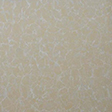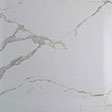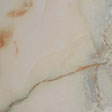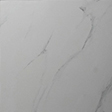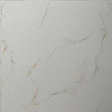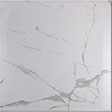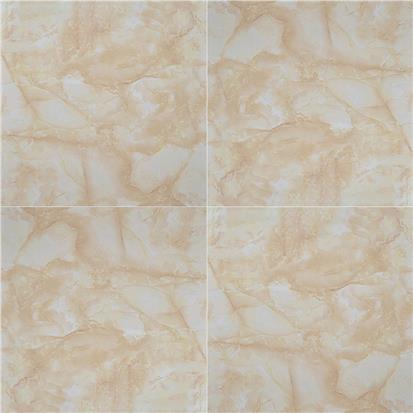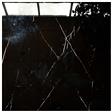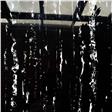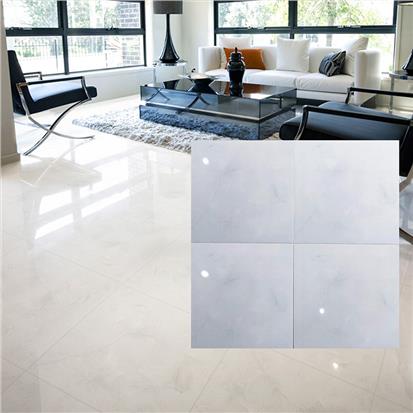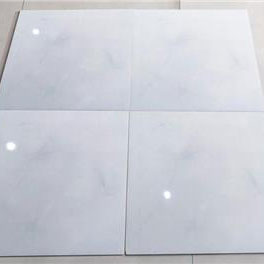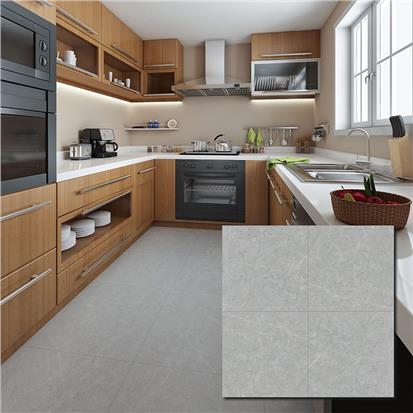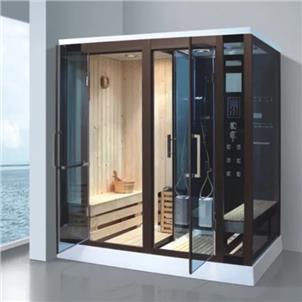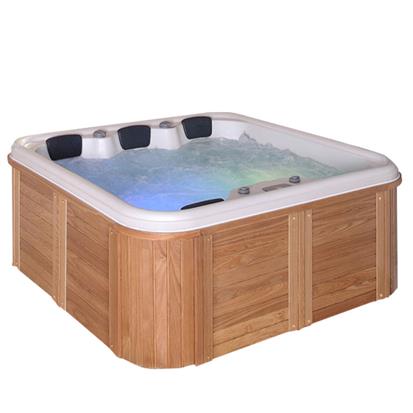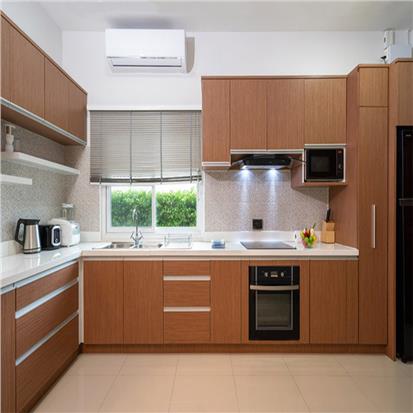Over time, the tiles at home may suddenly crack, which is not only bad-looking but also unsafe. What are the reasons for the cracks in ceramic tiles? How can we avoid them? Here are the 8 causes of the cracking of ceramic tiles.
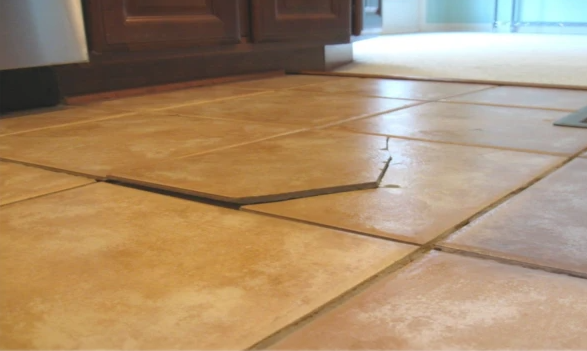
8 Causes of Ceramic Tiles Cracking - Why Do Tiles Crack Over Time
1. No joint or too small joint shall be left during tiling during installation
The expansion coefficient of ceramic tile is much smaller than that of reinforced concrete. When there is thermal expansion and cold contraction, if there is no joint or insufficient joint, the expansion of the foundation layer is large, and the expansion of ceramic tile is too slow, resulting in the phenomenon of being pulled and cracked. The crack texture is small and short, and its edges and corners may also crack.
2. No or insufficient water soaking before tiling
If the ceramic tile is not absorbing enough water. After paving, the ceramic tile will suck away the water in the cement mortar, causing the ceramic tile to crack. If it is serious, it will also cause the ceramic tile to fall off. Ceramic tile cracking caused by insufficient water soaking generally occurs soon after the paving is completed. But now some ceramic tiles can be directly paved without soaking in water. Therefore, it is recommended to consult the ceramic tile brand guide or after-sales specialist before paving.
3. Dark cracks caused by the manual cutting of tiles
When craftsmen cut ceramic tiles, they may cause hidden cracks due to improper operation. It is generally difficult to detect the dark crack, but after a long period of time, the tensile crack will be accelerated and obvious cracks will appear due to the influence of cement shrinkage, temperature change, and external stress. In particular, microcrystalline stone products should be treated with professional cutting machines.
4. Improper composition of cement mortar
If the cement grade is too large, a large amount of water will be absorbed when the cement mortar is set, and the tiles after paving will be easy to crack if the water is absorbed too much; Improper proportion of cement and sand during mixing and too high cement content will lead to too large expansion coefficient of cement, which will also cause cracking of ceramic tiles.
5. Nonstandard base treatment
There are hollowing and cracking on the wall surface, delamination of the waterproof roughening layer on the wall surface, and nonstandard wall surface treatment such as paving the column wrapped in the large core board and simply paving tiles on the outside of the flue, which will lead to moisture absorption and expansion of the tiles in the later stage, resulting in looseness, deformation and cracking. In addition, the waterproof layer is not properly treated, resulting in water seepage on the wall, which will also crack the tiles.
6. Careless operation during corner grinding at external corners
If the cracking occurs in the tiles at the external corner, it may be that the bottom edge of the two rows of tiles connected at the corner is not carefully ground at a 45-degree angle, which destroys the embryo glaze bonding layer of the tiles, weakening the anti-cracking performance of the edges of the tiles, resulting in porcelain falling and cracking in the later stage. In addition, the 45 ° contact angle of the ceramic tile at the external corner is too tight, and there is not enough gap reserved, which will also crack due to thermal expansion and cold contraction.
7. External environmental factors
The building itself will have a certain degree of settlement due to geological problems, which will lead to wall cracking, and then to the cracking of ceramic tiles on the wall surface. Generally, the cracking is an inertia line. The cracks, in this case, are generally consistent and regular. External force factors such as the direct impact of hard objects and decoration smashing of next-door neighbors are also easy to cause the vibration of the wall and form cracks.
8. Too close to a heat source
If the ceramic tile is near the boiler, water heater, etc., the ceramic tile is prone to frequent thermal expansion and cold contraction due to the temperature change of the heat source, resulting in cracking.
 EN
EN FR
FR PT
PT AR
AR


